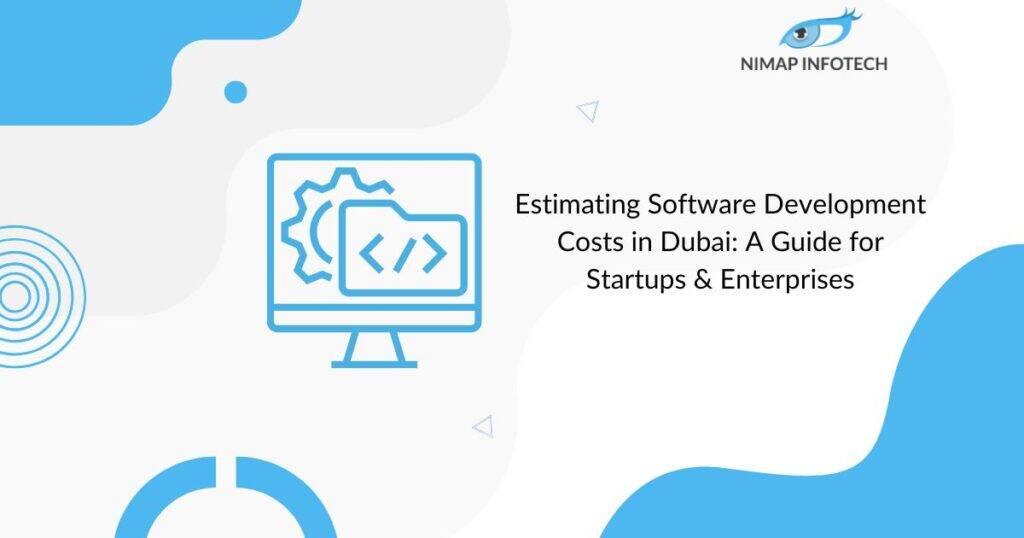React Native, a market shift, enables developers to create mobile applications for Android and iOS platforms using a unified codebase, optimizing time efficiency. It is simple, quick, and easy to understand. By adeptly catering to both platforms, React Native prioritizes the delivery of innovative UI and exceptional UX. Its remarkable effectiveness and compatibility with various platforms position React Native as the future of mobile development.
Table of Contents
ToggleStrong Reasons to Choose React Native:-
1. Cross-platform mobile application development: React Native is a framework for cross-platform mobile application development that is iOS and Android. By using react native You can save your time, money, staff resources etc.
2. Right Choice For Application Development: For Application Development, React Native is the right choice because it is supported directly by Facebook Engineering and they are taking the technology to the next level. day by day.
3. Applications using React Native: So many applications are developed using React Native like Facebook, Instagram, Skype, Discord, Airbnb, Baidu, Walmart, Bloomberg and many more.
4. No need for Java Swift:
React Native, a leading cross-platform mobile development tool, eliminates the need for specialized Java, Swift, or Objective-C developers to create Android and iOS applications.
5. With JavaScript knowledge, you can create a mobile application compatible with both Android and iOS platforms.
6. React native is like native but it uses the components instead of web components. To understand the basic structure of React Native app you have to know the basics of React.
7. React Native is based on React ideas and therefore it allows you to create a strong mobile application.
8. Deliver products Faster: React Native reduces the development cycle and makes it possible to deliver products in the fastest way.
9. Highly Responsive: React Native is more focused on the user interface, unlike AngularJs and Meteor JS. It gives a highly responsive interface experience to users with the help of asynchronous Javascript interactions between React Native and the Native environment of the device. This, in turn, increases the app’s load time and keeps it running smoothly without interruptions.
10. Many times you may need to use something new that just came out in iOS or Android. It’s straightforward to React Native to just add some Swift (iOS) or Java (Android) to your project.
11. React Native is widely adopted by developers. The team is avoiding investing time and effort in React Native, a new technology, as they are committed to continuous improvement.The Facebook team has long-term plans to invest much more in the growth of react native.
12. Can Reuse Components: You can reuse components at any time in existing code without rewriting it and recompiling the application.
13. The React native is open-source and available to the whole community of developers. It allows to write Native modules in an appropriate language and simply link them to React Native codebase.
14. Building blocks of React Native are reusable. You can use Native components and compile it into a Native platform. That’s why there is no more need to use WebView. As a result, an app performs just like a native app. with appropriate functionality as well as look and speed.
15. Support of 3rd party plugins: Support of 3rd party plugins there so no need for specific WebView functions. It’s possible to use the plugin of a native module via the framework. That is you can link the processes with an app’s features with smoother running, faster loading, and less memory needed.
16. Cross-Platform support: Cross-Platform support is it’s possible to get an application for two platforms at once android and iOS. by using the same code you can develop an app for both platforms. This factor reduces the cost of application development.
Also Read: ReactJS Vs React Native
There are some steps you need to follow to set up the environment for React Native. We will use OSX as our building platform.
First of all, install the following software in your system.
-
Android Studio.
-
Xcode.
-
Java Development Kit.
-
Homebrew.
Android Setup:-
Install Android Studio and java development kit.
Ios Setup:-
Install Xcode and Required Simulator
Create a Separate Directory for React native Applications.
-
Install the node using Homebrew in your system.
-
Install react native using node.
-
Create an application using react native.
In conclusion, React Native stands poised as the trailblazer, shaping the future of cross-platform app development with its efficiency, versatility, and widespread adoption.
You can also HIRE REACT NATIVE DEVELOPER
CONTRACTUAL / PROJECT BASIS
CHECK OUR PRICING PLAN
CONTACT US – enquiry@nimapinfotech.com
Author
-

Sagar Nagda is the Founder and Owner of Nimap Infotech, a leading IT outsourcing and project management company specializing in web and mobile app development. With an MBA from Bocconi University, Italy, and a Digital Marketing specialization from UCLA, Sagar blends business acumen with digital expertise. He has organically scaled Nimap Infotech, serving 500+ clients with over 1200 projects delivered.
View all posts








